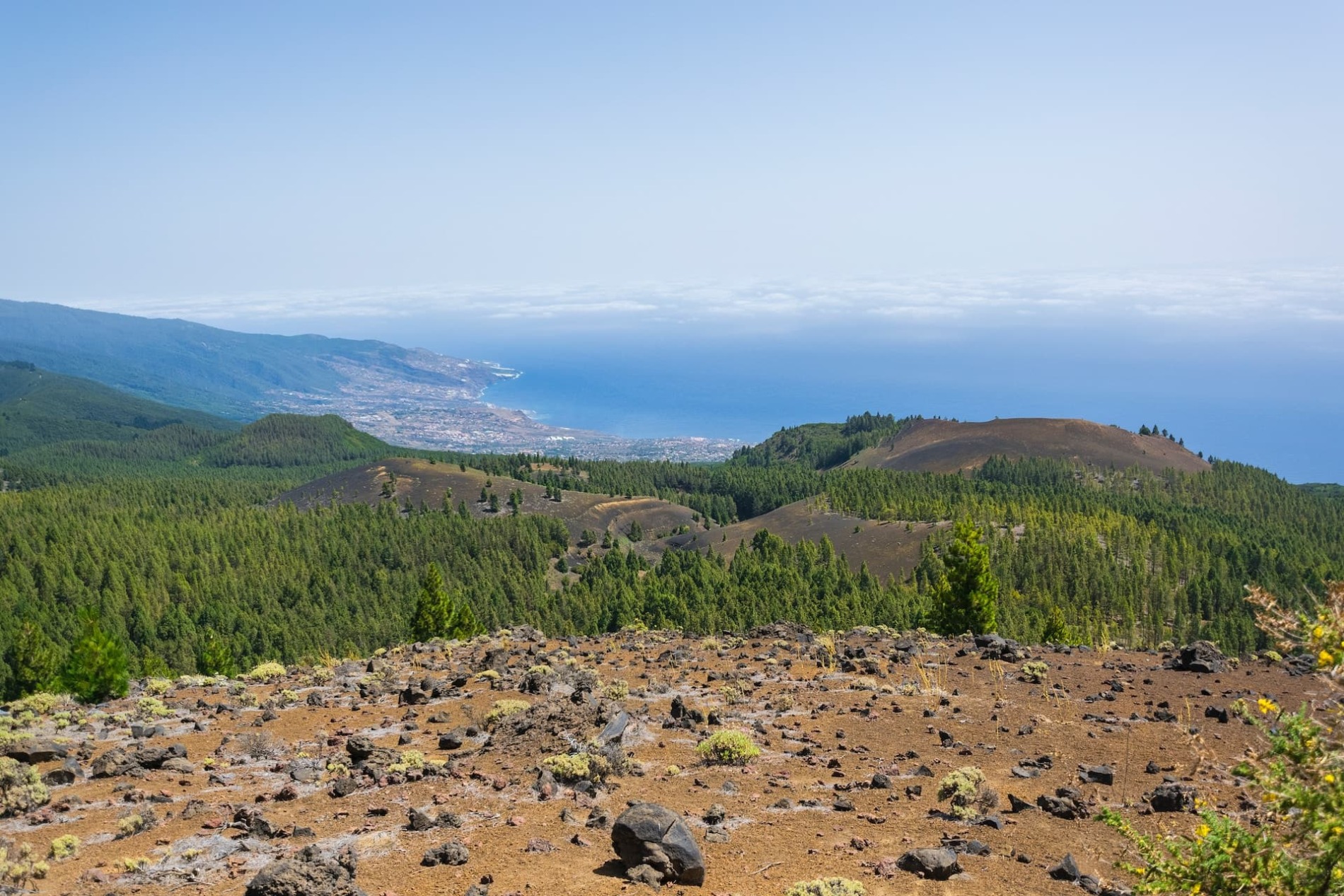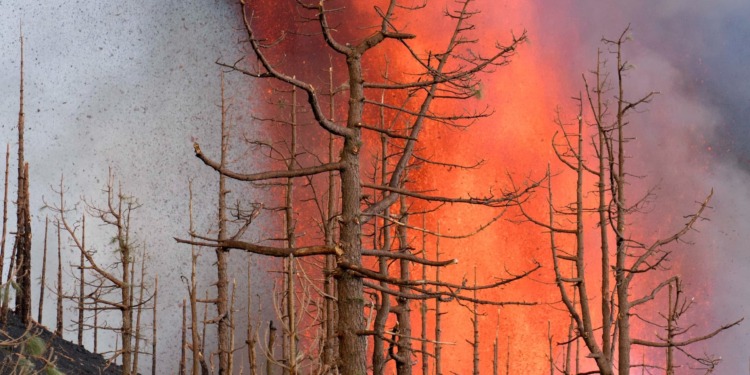Spanish authorities have provided an update on the ongoing La Palma wildfire, stating that more favorable weather conditions have played a crucial role in helping firefighters slow down the fire’s advance. The wildfire, which began on Saturday, has resulted in the evacuation of over 4,000 residents on the Canary Island. Efforts are underway to bring the blaze under control and minimize the damage. In this article, we will explore the impact of improved weather conditions, the deployment of firefighting resources, and the wider implications of the wildfire on La Palma.
Improved Weather Conditions and Firefighting Efforts
Thanks to the recent improvement in weather conditions, authorities have observed significant progress in containing the La Palma wildfire. The favorable weather has enabled firefighters to gain the upper hand in their battle against the blaze. The overnight concerted efforts have yielded positive results, leading to an improved outlook for controlling the fire. With more manageable conditions, the focus remains on extinguishing the remaining flames and ensuring the safety of affected areas.
Deployment of Firefighters and Utilisation of Resources
Over 300 firefighters have been deployed to the wildfire-stricken region, working tirelessly to suppress the fire’s spread. Additionally, nine helicopters and two planes have been actively involved in firefighting operations, dropping water to extinguish the flames from the air. These combined efforts are crucial in containing wildfires and preventing further damage to property and natural habitats.
RELATED ARTICLES: Will the Wildfires in Canada Ignite Climate Activism in America? | Wildfire Smoke Is Choking Indigenous Communities | Summer in Europe Like Never Before: Extreme Heat and Out-of-Control Wildfires |
The Impact of a Heatwave on the Canary Islands
The La Palma wildfire coincides with a heatwave that has engulfed southern Europe, including the Canary Islands. Last week, temperatures soared as Spain experienced its second summer heatwave. While the weather has slightly cooled since Friday, another heatwave is anticipated to affect the region later this week. The extreme heat poses additional challenges for firefighters, highlighting the urgency of their efforts to control the blaze and protect vulnerable areas.
At least 500 people were evacuated from La Palma on the Canary Islands as wildfires raged. Firefighters were called in from the neighboring island of Tenerife https://t.co/McOLshcv1f pic.twitter.com/LMMwcHSoj0
— Reuters (@Reuters) July 15, 2023
Drought and Climate Change Challenges
The severity of the wildfire can be attributed, in part, to below-average rainfall and drought conditions that have persisted in the region. La Palma, like many parts of mainland Spain, has been grappling with changing weather patterns impacted by climate change. These adverse conditions have resulted in a prolonged dry spell, leaving the forested and hilly terrain susceptible to rapid fire spread. It underscores the urgent need for sustainable measures to mitigate the impact of climate change and adapt to changing environmental conditions.
Previous Volcanic Eruptions and Current Wildfire
The current wildfire and subsequent evacuations on La Palma bear haunting similarities to the volcanic eruption that occurred nearly two years ago. While the explosion claimed no lives, it led to the burial of approximately 3,000 buildings, banana plantations, roads, and irrigation systems. The volcanic activity drastically altered the landscape, leaving the affected areas vulnerable to subsequent natural disasters such as wildfires. The region continues to recover from the devastating eruption, and the current wildfire poses further challenges to the community’s resilience.

Concerns for a Challenging Wildfire Season in Spain
Spain has been grappling with record-breaking high temperatures and a prolonged drought in recent years. These conditions have raised concerns among authorities and forestry experts regarding the upcoming wildfire season. Virulent fires have been observed as early as March, suggesting an increased risk and intensity of wildfires. Adequate measures, including enhanced firefighting capabilities and public awareness, are crucial in addressing the challenges posed by these wildfires and protecting lives, properties, and natural resources.
Improved weather conditions have provided a much-needed respite in the battle against the La Palma wildfire, allowing firefighters to make progress in controlling its spread. The deployment of firefighting resources and the collective efforts of the responders have been instrumental in minimizing the damage. However, the incident serves as a stark reminder of the challenges posed by climate change, drought, and the aftermath of natural disasters. It highlights the need for proactive measures, environmental stewardship, and resilient strategies to mitigate the impact of wildfires and protect vulnerable regions like La Palma.
Editor’s Note: The opinions expressed here by the authors are their own, not those of Impakter.com — In the Featured Photo: La Palma fire caused by vulcano eruption. Featured Photo Credit: Unsplash.










